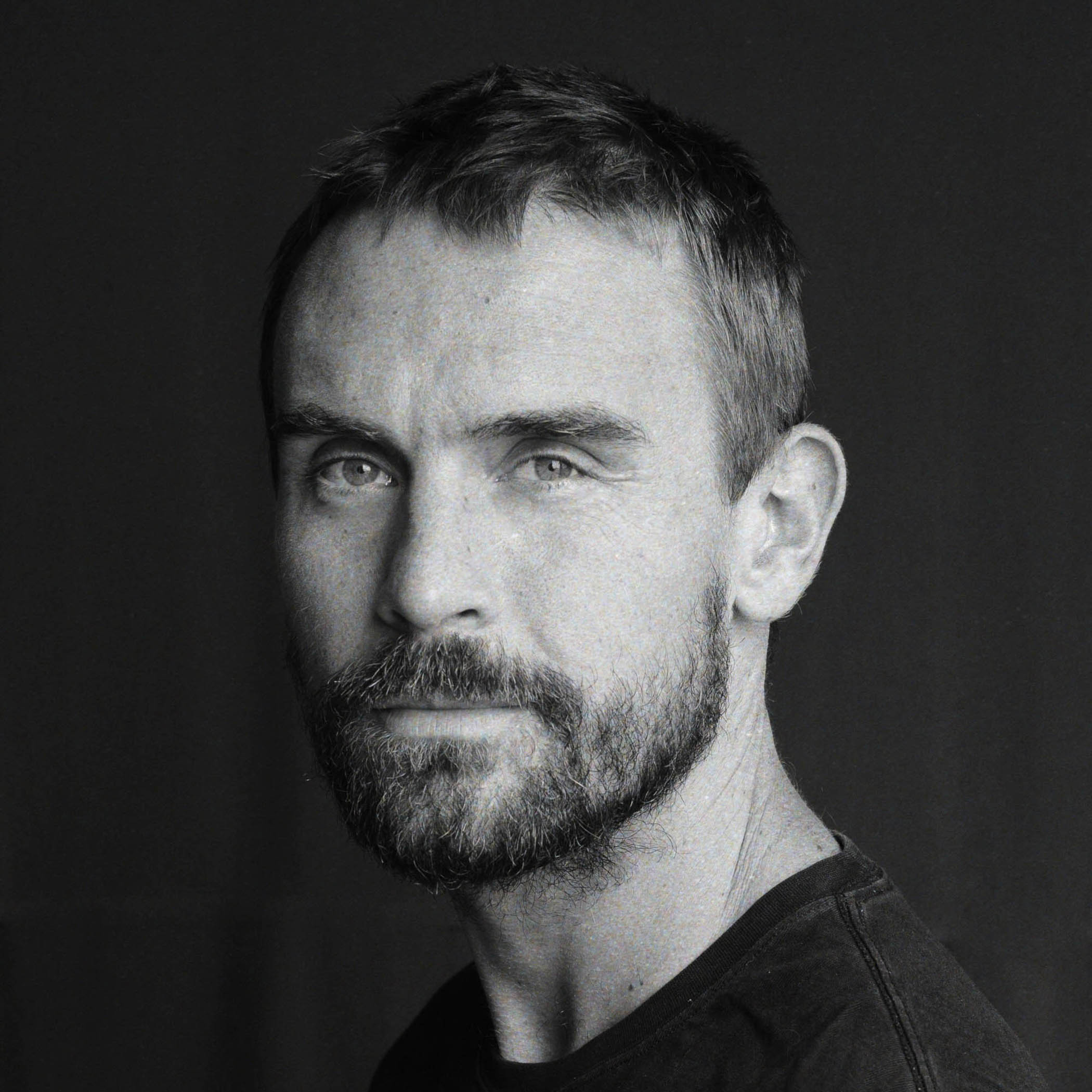Hostages are being released and prisoners freed, yet the broader contours of Donald Trump’s Gaza peace plan remain under intense scrutiny. The first phase is underway but questions persist.
So what? Those questions include: who will govern Gaza? How will reconstruction actually unfold? And is this a peace process or a development deal?
Trump has made no secret of the fact he envisions Gaza as a kind of Mediterranean riviera, overseen by a “Board of Peace” chaired by himself, with Tony Blair on board. He’s not joking.
•
Apparently without irony, he has reposted an AI-made video on his Truth Social page showing him and Netanyahu sipping drinks on the beach of a reconstructed Gaza.
•
Some nations in the region, expected to help foot the reconstruction bill, appear less enchanted by the idea.
•
Others are attending as potential investors.
Who will run Gaza? According to the plan, governance will fall to a committee of Palestinian officials and international experts, supervised by the Board of Peace. Its mandate is sweeping. The temporary government will handle day-to-day administration, public services, and municipalities until the Palestinian Authority implements reforms.
What or who is the Board of Peace? A global consortium of leaders, investors and UN officials, all convened under Trump’s chairmanship. Blair is listed as a member, though his presence is controversial and, in the Middle East, unpopular.
Peace or property? Why not both? One guest at a White House meeting convened by Trump in August summarised the president’s foreign policy with another question: why don’t we all make peace so we can all make money?
The board is tasked with overseeing Gaza’s redevelopment and funding until local authorities are deemed ready to take over.
•
On paper, the aim is to establish transparent, effective governance that benefits Gazans while attracting international investment.
•
In practice, today’s meeting in Cairo will resemble a gathering of property developers more than diplomats: Trump, his son-in-law Jared Kushner, his fellow developer-turned-envoy Steve Witkoff, and delegations from Qatar, Saudi Arabia and Egypt are among those sizing up the potential.
In numbers…
2.1 million – pre-war population of Gaza
67,000 – Palestinians killed since Hamas killed nearly 1,200 people in Israel on October 7 2023
83 – percentage share of Gaza’s buildings damaged by war
18,000 – approximate number of buildings completely destroyed
56,000,000 – tonnes of rubble to be cleared, according to the UN
500,000 – approximate number of new dwellings required
So who’s building? The plan proposes a panel of Middle East city-builders, architects of the region’s modern metropolises, to drive reconstruction. The idea is to fuse international investment with new security and governance structures, creating jobs, stimulating growth, and offering a glimmer of hope. A special economic zone is also planned, complete with negotiated tariffs and preferential access. Building industry insiders believe the largest contracts will go to the countries prepared to pay the most.
Bottom line. The World Bank estimates Gaza’s reconstruction will cost around £41 billion – roughly twice the cost of Heathrow Airport, including every terminal, runway and link built since 1946, adjusted for inflation.
Marshall Plan, please. Former MP Tobias Ellwood and others have called for investment on the scale of the original Marshall Plan, which helped rebuild Europe after the Second World War. Trump’s plan is less clear-cut. It promises investment, jobs and opportunity. But it leaves the role of Gazans themselves vague, raising questions about whose interests it truly serves.
Photograph by AHMAD GHARABLI/AFP via Getty Images

